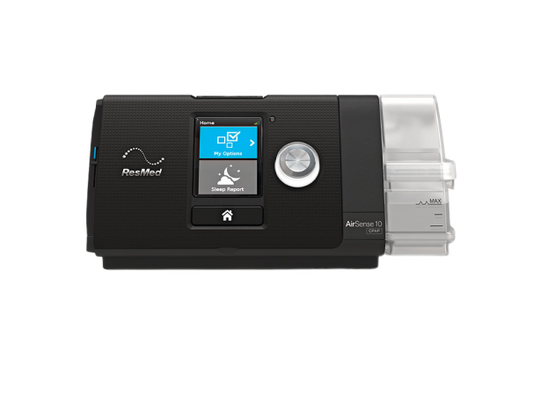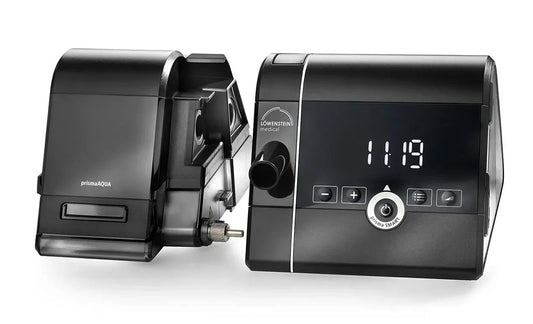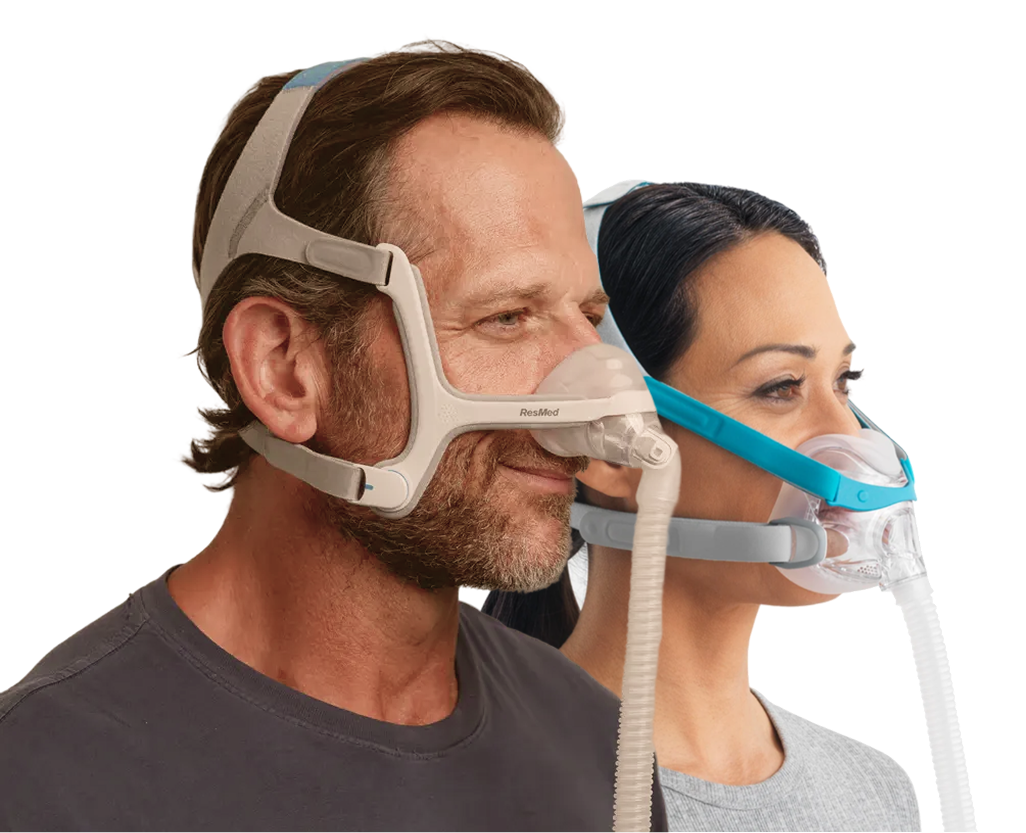Collection: Auto CPAP Machines
CPAP Discount Warehouse sells the latest automatic CPAP machines from ResMed, Fisher & Paykel and Philips Respironics. Check out our machine & mask packages!
-
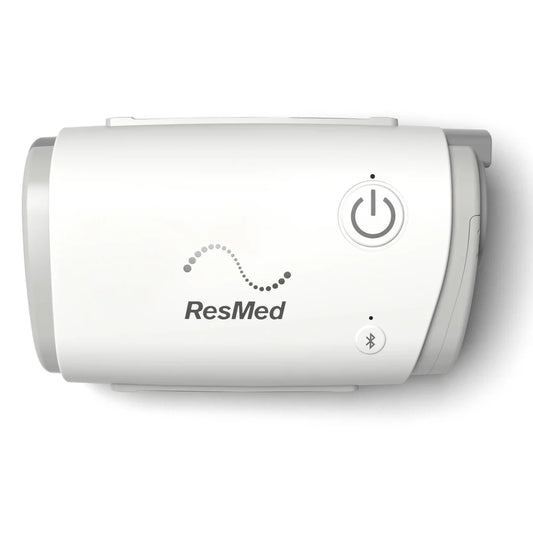
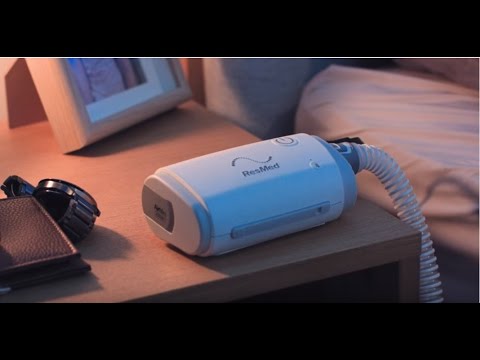 36% OFFBoxing Day Deal
36% OFFBoxing Day DealResMed AirMini CPAP Machine (Device Only)
9 reviewsRegular price $995.00Sale price $995.00 Reg: $1,565.00Unit price / perSale -
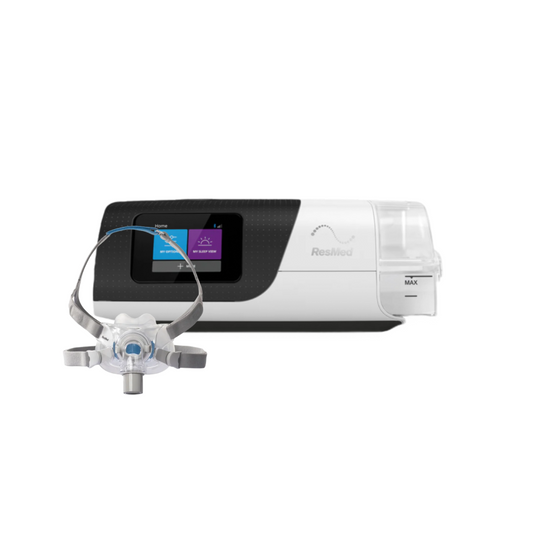
 32% OFFBoxing Day Deal
32% OFFBoxing Day DealAirSense 11 AutoSet 4G CPAP Machine with 50% Mask Option
15 reviewsRegular price $1,388.00Sale price $1,388.00 Reg: $2,049.00Unit price / perSale -
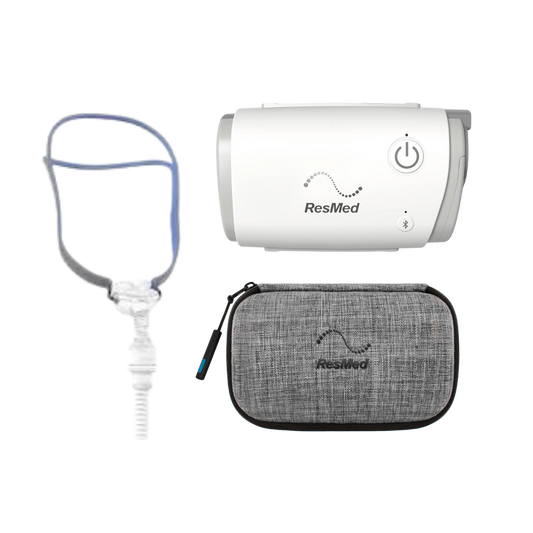
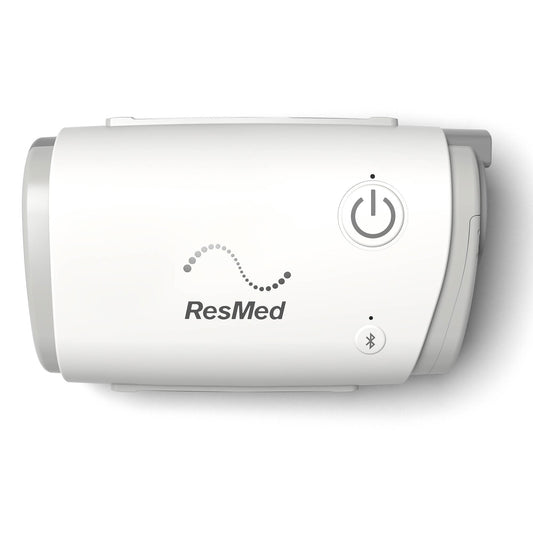 48% OFFBoxing Day Deal
48% OFFBoxing Day DealResMed AirFit P10 Travel Starter Kit
2 reviewsRegular price $1,090.00Sale price $1,090.00 Reg: $2,100.00Unit price / perSale -
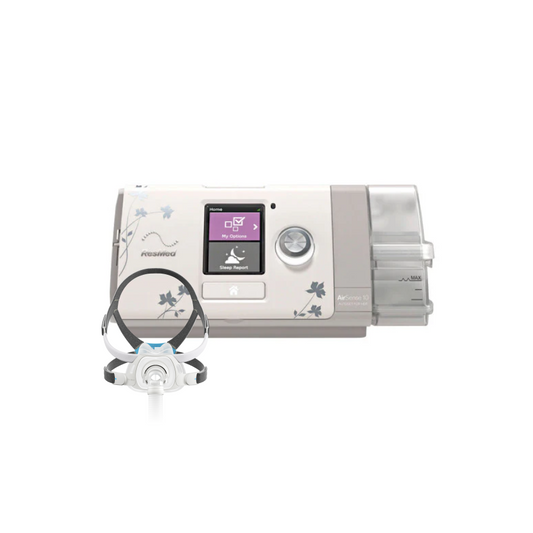
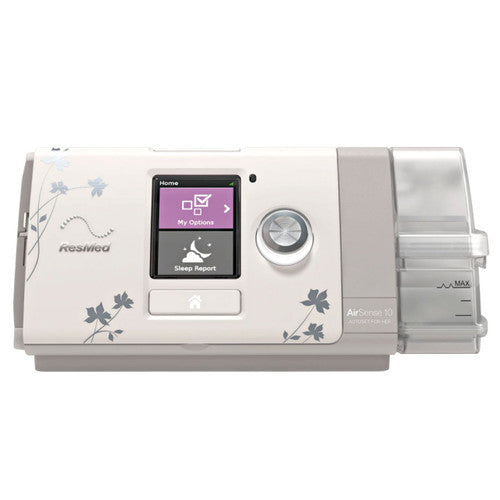 55% OFFBoxing Day Deal
55% OFFBoxing Day DealResMed AirSense 10 AutoSet for Her 4G CPAP Machine with 50% Mask Option
11 reviewsRegular price $1,150.00Sale price $1,150.00 Reg: $2,578.00Unit price / perSale -
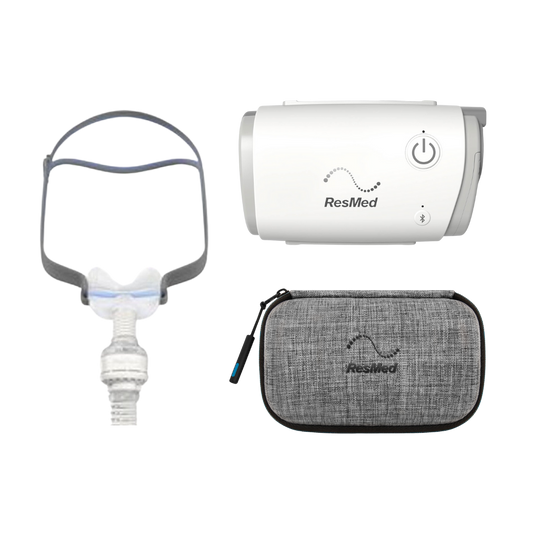
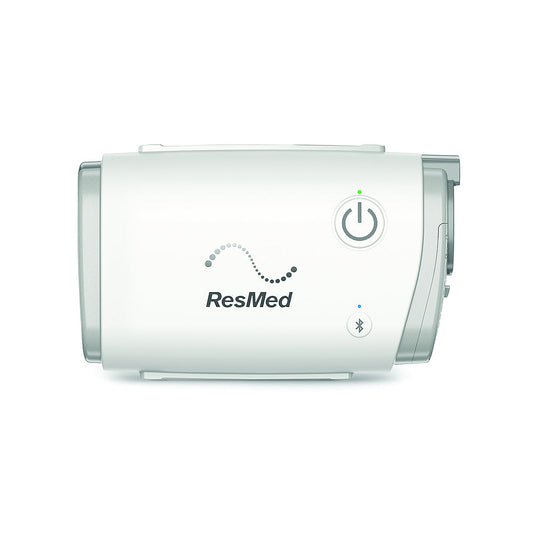 48% OFFBoxing Day Deal
48% OFFBoxing Day DealResMed AirFit N30 Travel Starter Kit (AirMini, N30 Mask Pack & Travel Case)
10 reviewsRegular price $1,090.00Sale price $1,090.00 Reg: $2,100.00Unit price / perSale -

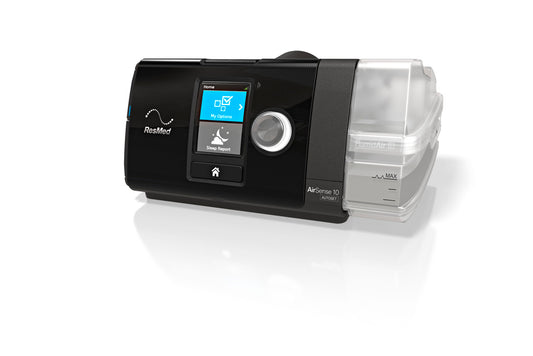 55% OFFBoxing Day Deal
55% OFFBoxing Day DealResmed AirSense 10 AutoSet 4G CPAP Machine with 50% Mask Option
13 reviewsRegular price $1,150.00Sale price $1,150.00 Reg: $2,578.00Unit price / perSale -
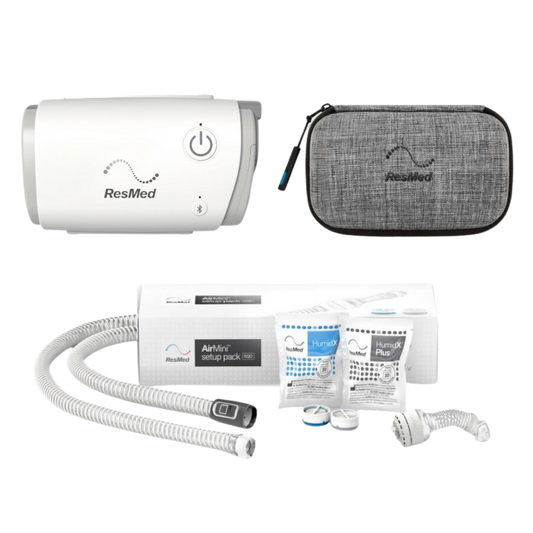
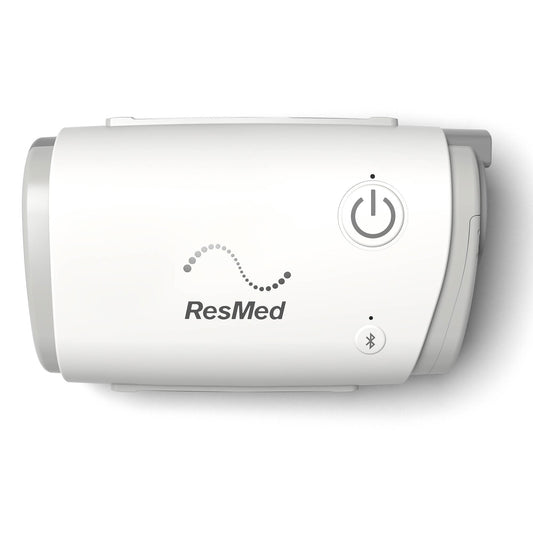 48% OFFBoxing Day Deal
48% OFFBoxing Day DealResMed AirMini N20 Freedom Kit – No Mask
1 reviewRegular price $1,090.00Sale price $1,090.00 Reg: $2,100.00Unit price / perSale -
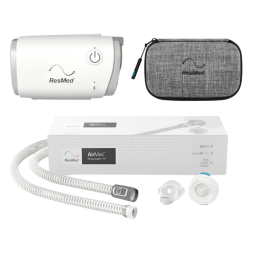 48% OFFBoxing Day Deal
48% OFFBoxing Day DealResMed AirMini F20 Freedom Kit (AirMini, F20 Setup Pack & Travel Case)
5 reviewsRegular price $1,090.00Sale price $1,090.00 Reg: $2,100.00Unit price / perSale -
Second-Hand ResMed AirSense 10 AutoSet 4G with Built-in Wireless Connectivity
2 reviewsRegular price $888.00Sale price $888.00 Reg: $1,220.00Unit price / perSold out -
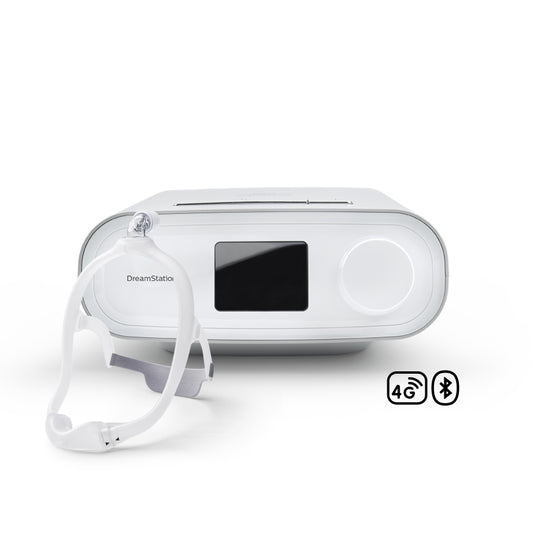
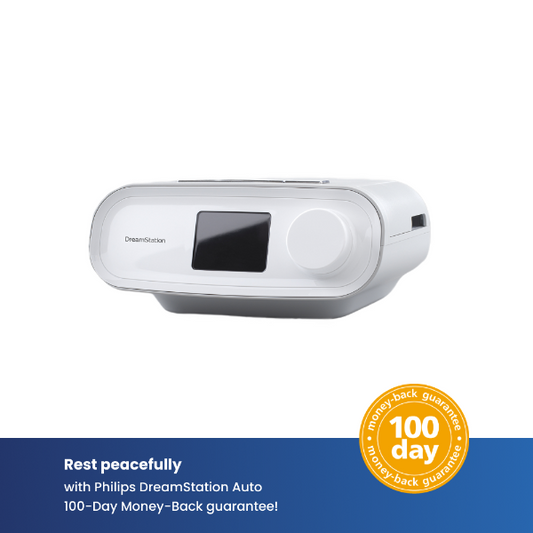 16% OFFBoxing Day Deal
16% OFFBoxing Day DealPhilips DreamStation Auto CPAP 4G Machine with 50% Mask Option
13 reviewsRegular price $1,488.00Sale price $1,488.00 Reg: $1,779.00Unit price / perSale -
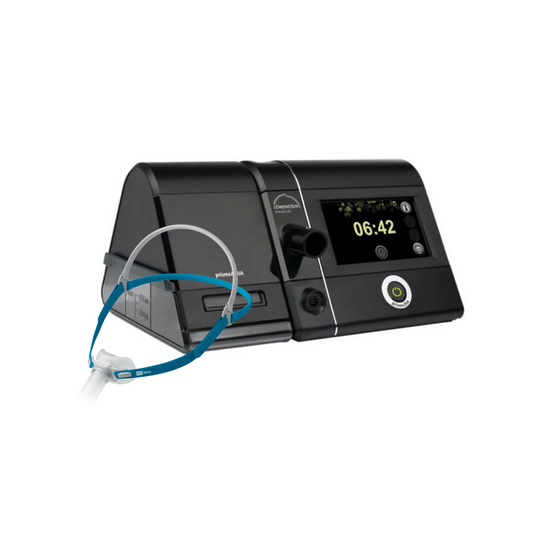
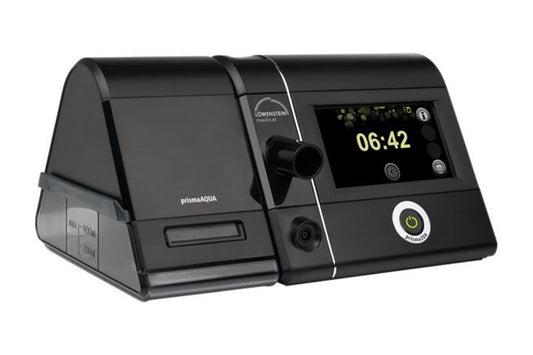 22% OFFBoxing Day Deal
22% OFFBoxing Day DealLoewenstein Prisma 20A Auto 4G Therapy Set (includes Prisma AQUA, 4G modem) with 50% Mask Option
8 reviewsRegular price $1,888.00Sale price $1,888.00 Reg: $2,450.00Unit price / perSale -
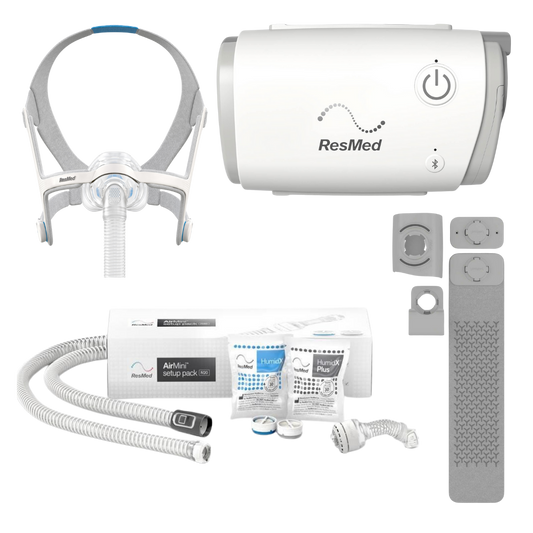
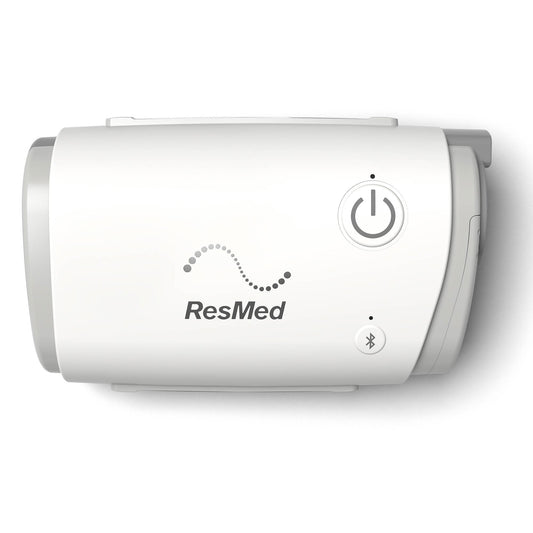 45% OFFBoxing Day Deal
45% OFFBoxing Day DealResMed AirFit N20 Bedside Starter Kit
No reviewsRegular price $1,145.00Sale price $1,145.00 Reg: $2,100.00Unit price / perSale -
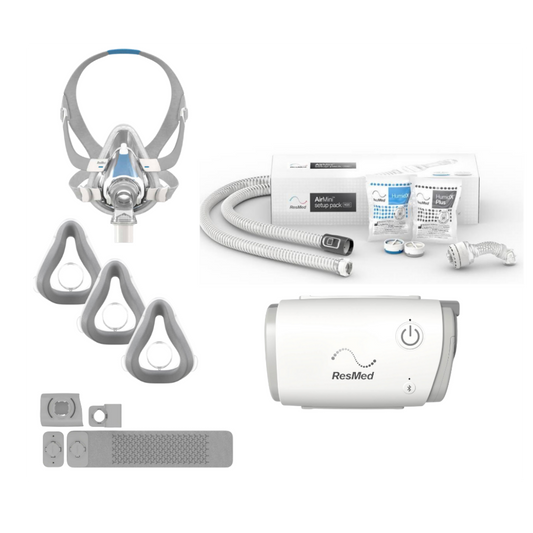
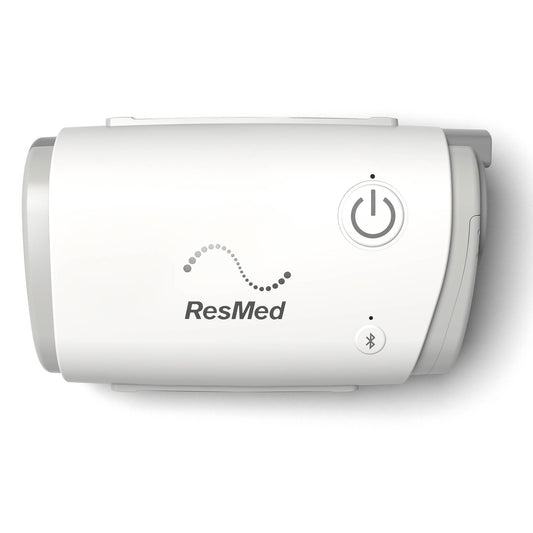 45% OFFBoxing Day Deal
45% OFFBoxing Day DealResMed AirTouch F20 Airmini Bedside Starter Kit
4 reviewsRegular price $1,145.00Sale price $1,145.00 Reg: $2,100.00Unit price / perSale -
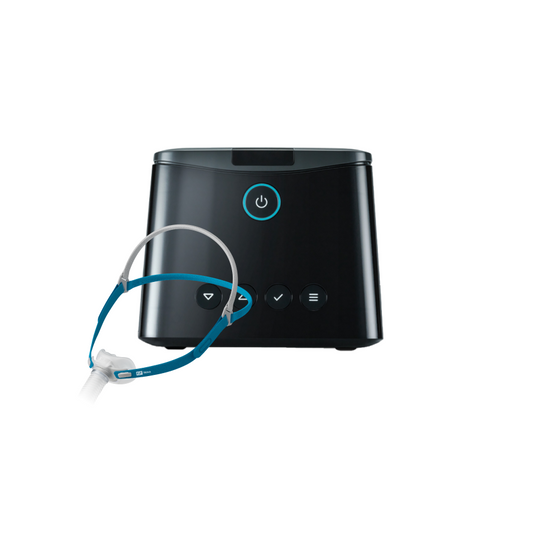
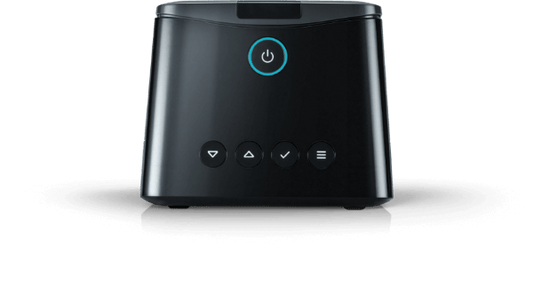 35% OFFBoxing Day Deal
35% OFFBoxing Day DealFisher & Paykel SleepStyle+ PLUS Auto 4G CPAP Machine with 50% Mask Option
3 reviewsRegular price $1,295.00Sale price $1,295.00 Reg: $1,995.00Unit price / perSale -
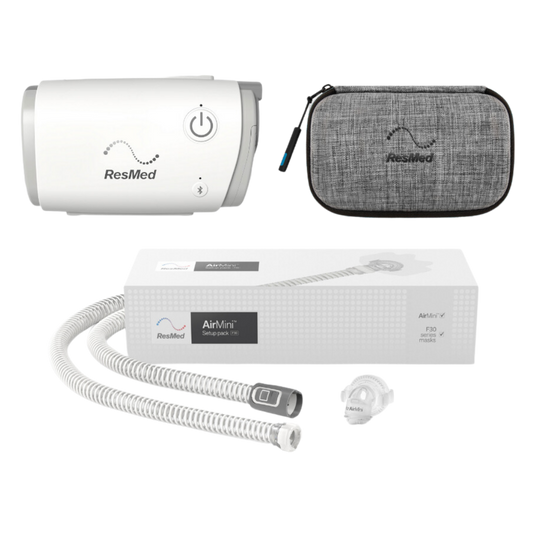
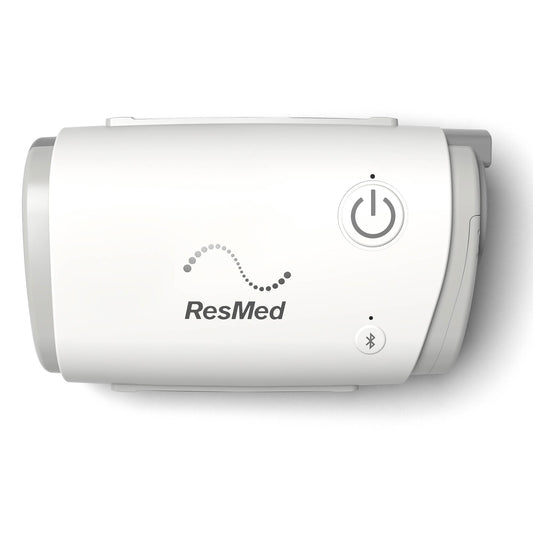 48% OFFBoxing Day Deal
48% OFFBoxing Day DealResMed AirMini F30 Freedom Kit - No Mask
1 reviewRegular price $1,090.00Sale price $1,090.00 Reg: $2,100.00Unit price / perSale -
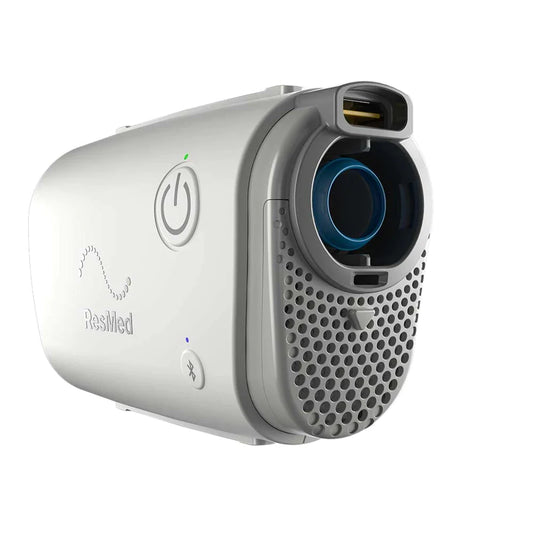 11% OFFBoxing Day Deal
11% OFFBoxing Day DealSecond-Hand ResMed AirMini CPAP Machine (Device Only) (less than 50hrs used, 4 yr warranty)
1 reviewRegular price $888.00Sale price $888.00 Reg: $998.00Unit price / perSale -
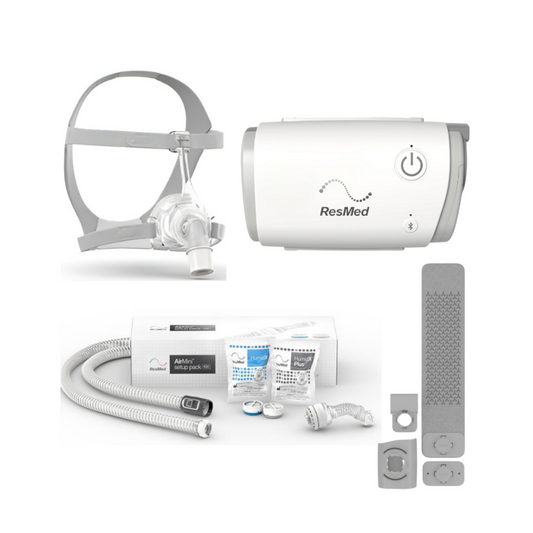
 45% OFFBoxing Day Deal
45% OFFBoxing Day DealAirFit N20 Classic Bedside Starter Kit
Regular price $1,145.00Sale price $1,145.00 Reg: $2,100.00Unit price / perSale -
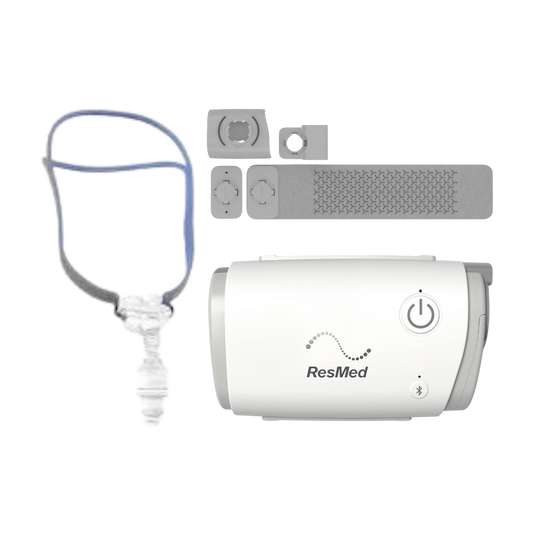
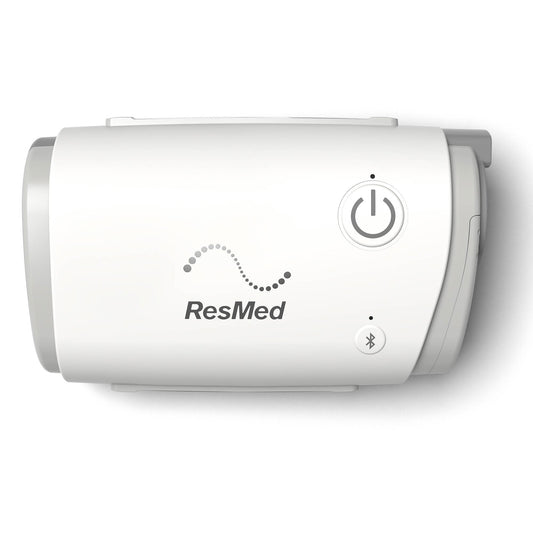 45% OFFBoxing Day Deal
45% OFFBoxing Day DealResMed AirFit P10 Bedside Starter Kit
1 reviewRegular price $1,145.00Sale price $1,145.00 Reg: $2,100.00Unit price / perSale -
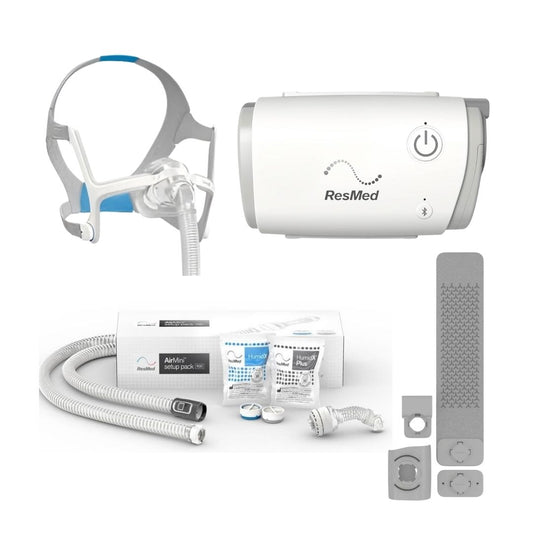
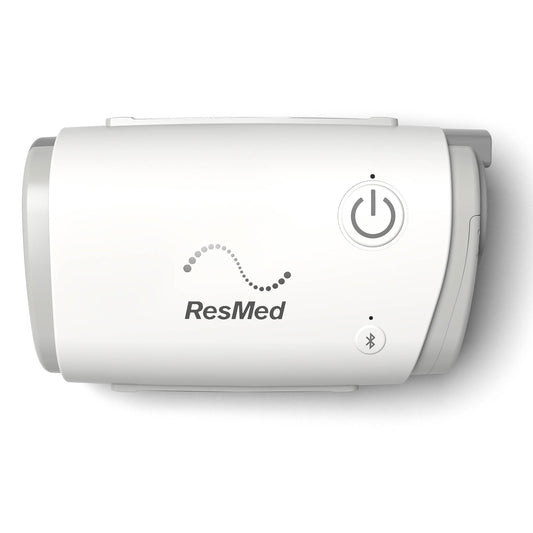 45% OFFBoxing Day Deal
45% OFFBoxing Day DealAirTouch N20 Bedside Starter Kit
Regular price $1,145.00Sale price $1,145.00 Reg: $2,100.00Unit price / perSale -
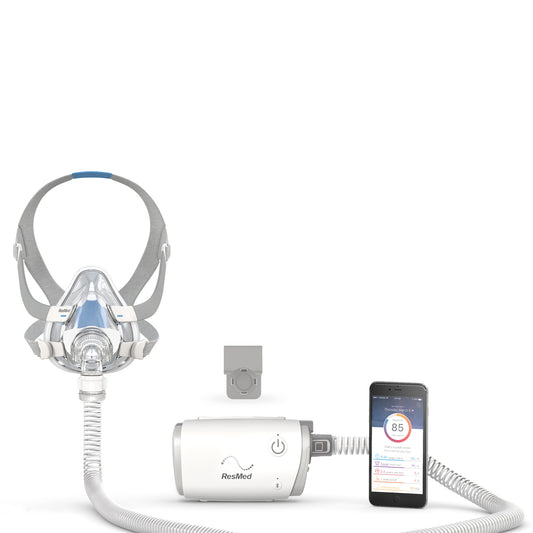
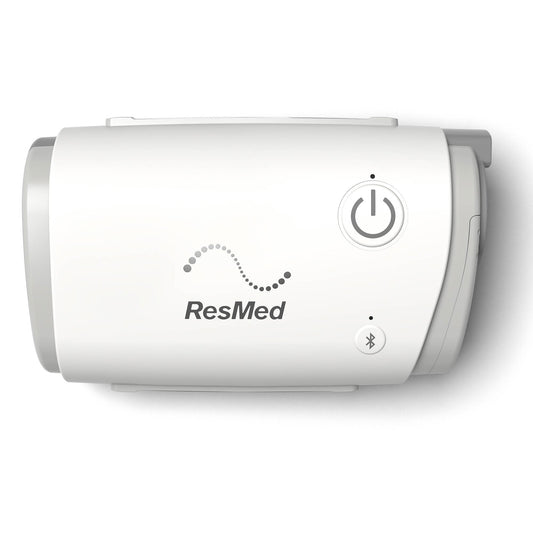 45% OFFBoxing Day Deal
45% OFFBoxing Day DealResMed AirFit F20 Bedside Starter Kit
Regular price $1,145.00Sale price $1,145.00 Reg: $2,100.00Unit price / perSale -

 39% OFFBoxing Day Deal
39% OFFBoxing Day DealSecond-Hand ResMed AirSense 11 AutoSet 4G Machine (ex-rental, 4 yrs warranty left)
Regular price $1,188.00Sale price $1,188.00 Reg: $1,949.00Unit price / perSale -
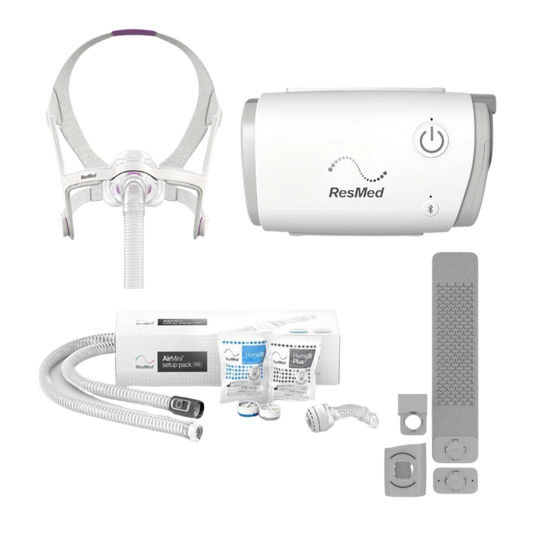
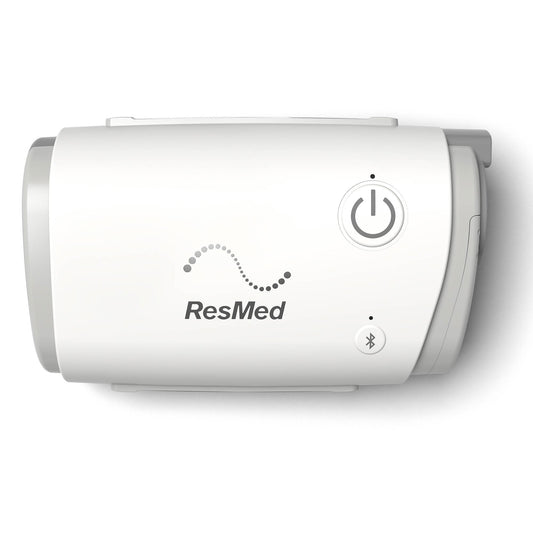 45% OFFBoxing Day Deal
45% OFFBoxing Day DealResMed Airmini N20 Bedside Starter Kit - for Her SML
Regular price $1,145.00Sale price $1,145.00 Reg: $2,100.00Unit price / perSale -
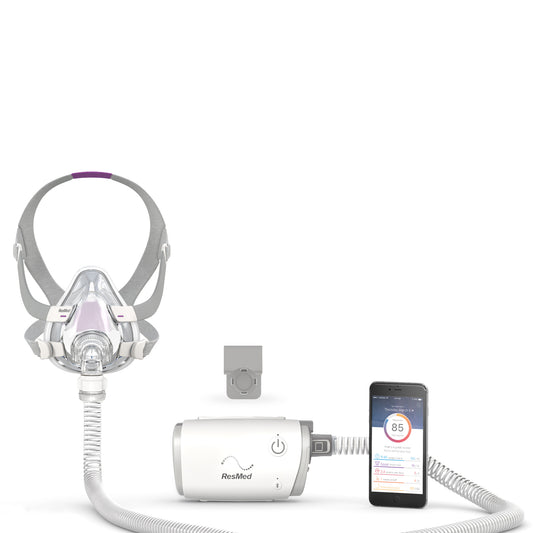
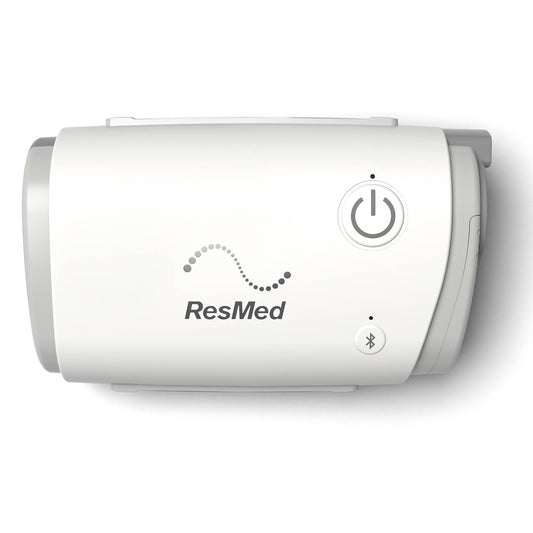 45% OFFBoxing Day Deal
45% OFFBoxing Day DealResMed AirFit F20 Bedside Starter Kit - for Her
Regular price $1,145.00Sale price $1,145.00 Reg: $2,100.00Unit price / perSale -
Second-Hand Lowenstein Prisma SMART APAP Therapy with PrismaAQUA, Standard Tube
No reviewsRegular price $688.00Sale price $688.00 Reg: $1,299.00Unit price / perSold out -
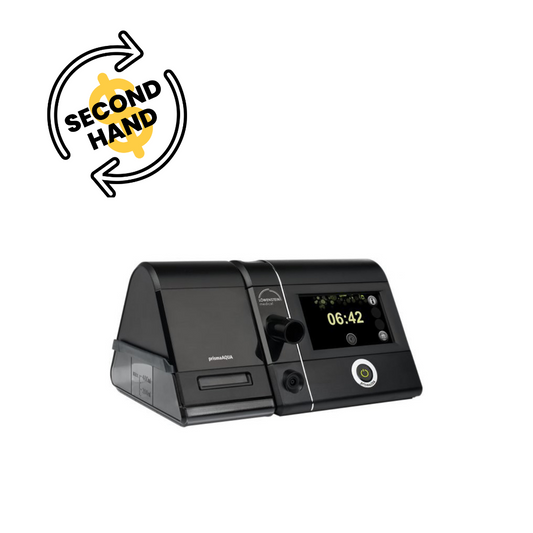
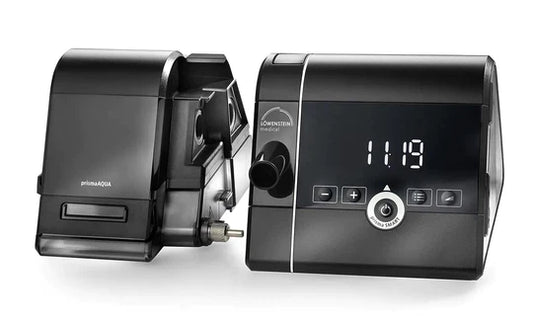 Regular price $1,888.00Sale price $1,888.00 Reg: $2,450.00Unit price / perSale
Regular price $1,888.00Sale price $1,888.00 Reg: $2,450.00Unit price / perSale -

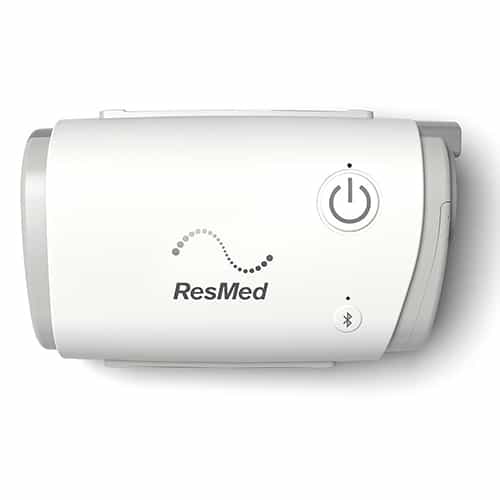 45% OFFBoxing Day Deal
45% OFFBoxing Day DealResMed AirFit N30 Bedside Starter Kit
Regular price $1,145.00Sale price $1,145.00 Reg: $2,100.00Unit price / perSale -
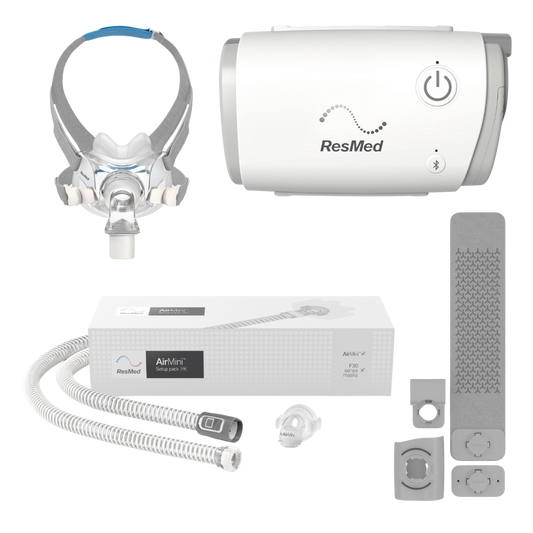
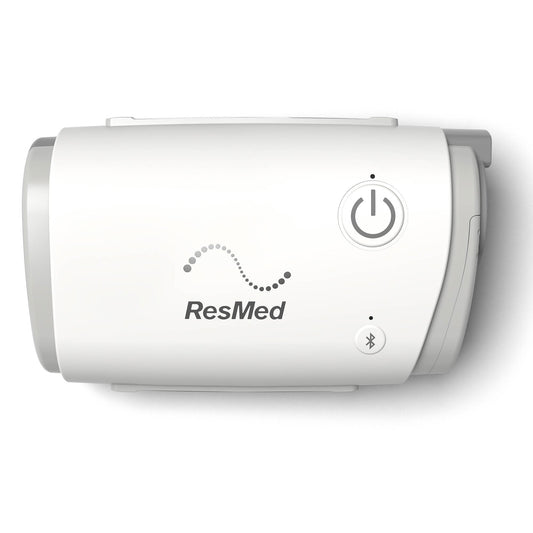 45% OFFBoxing Day Deal
45% OFFBoxing Day DealResMed AirFit F30 Bedside Starter Kit
Regular price $1,145.00Sale price $1,145.00 Reg: $2,100.00Unit price / perSale -

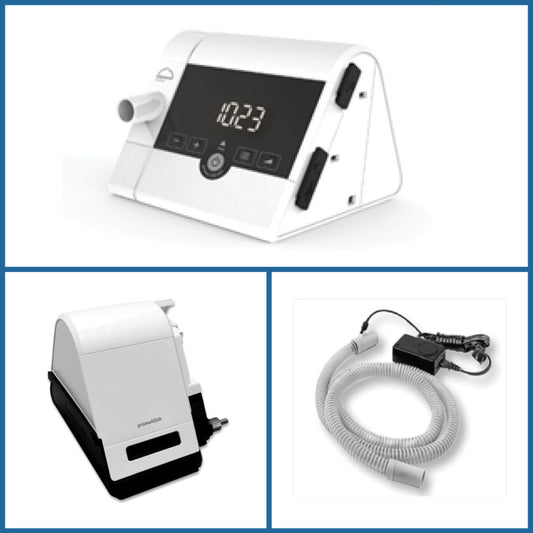 No reviewsRegular price $1,599.00Sale price $1,599.00 Reg: $2,350.00Unit price / perSale
No reviewsRegular price $1,599.00Sale price $1,599.00 Reg: $2,350.00Unit price / perSale -
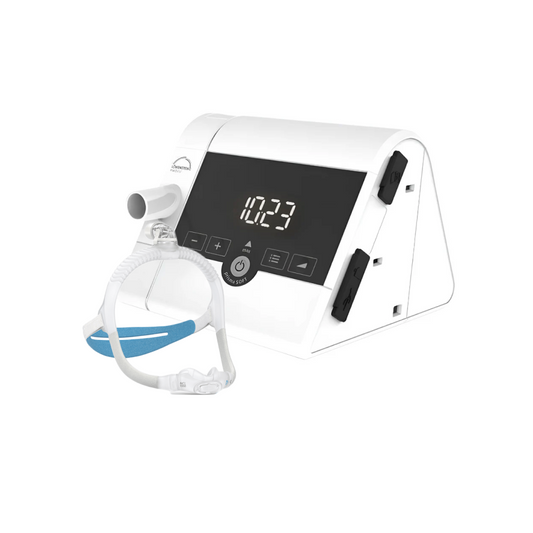
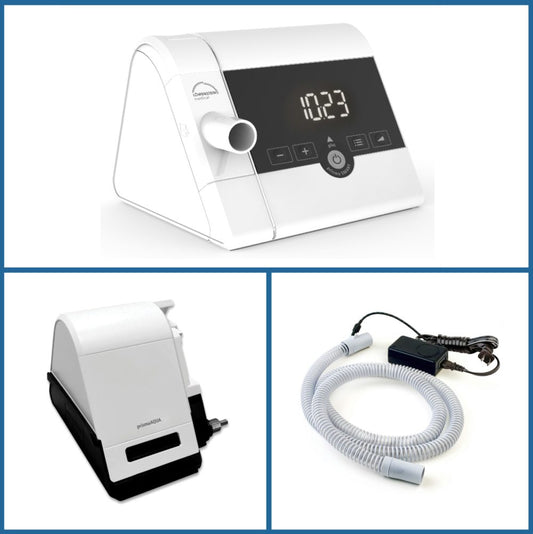 No reviewsRegular price $1,399.00Sale price $1,399.00 Reg: $2,150.00Unit price / perSale
No reviewsRegular price $1,399.00Sale price $1,399.00 Reg: $2,150.00Unit price / perSale -
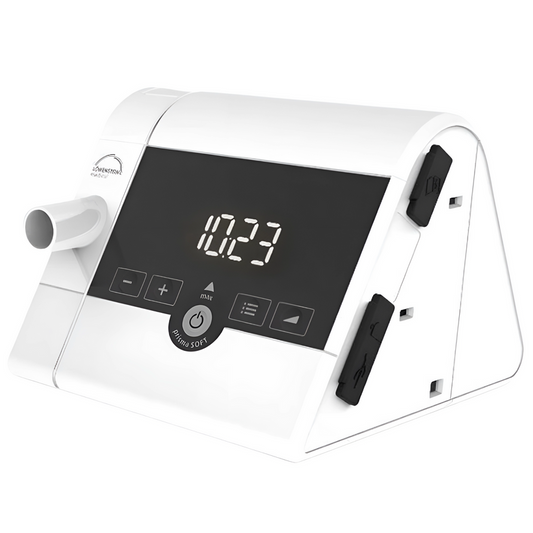
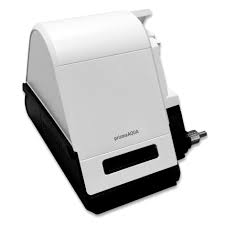 Regular price $788.00Sale price $788.00 Reg: $1,449.00Unit price / perSold out
Regular price $788.00Sale price $788.00 Reg: $1,449.00Unit price / perSold out -
Second-hand ResMed AirSense 10 AutoSet for Her 4G (< 300hrs, 3yr wty)
No reviewsRegular price $788.00Sale price $788.00 Reg: $1,098.00Unit price / perSold out -
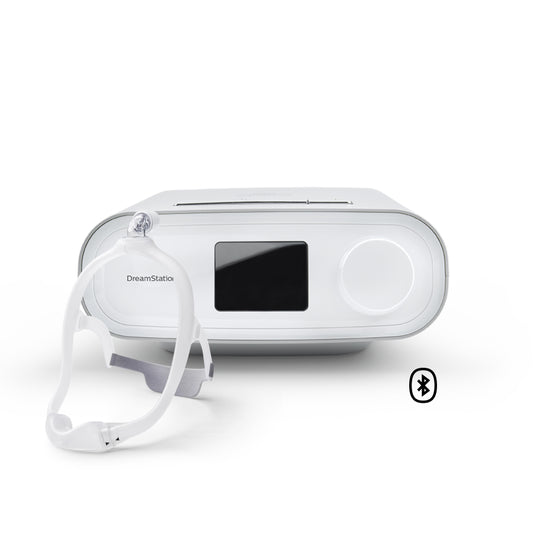
 22% OFFBoxing Day Deal
22% OFFBoxing Day DealPhilips DreamStation Auto CPAP (Bluetooth Only) Machine with 50% Mask Option
2 reviewsRegular price $1,088.00Sale price $1,088.00 Reg: $1,399.00Unit price / perSale -

 44% OFFBoxing Day Deal
44% OFFBoxing Day DealSecond-hand SleepStyle PLUS Auto CPAP Machine (< 100hours, 3 yr replacement warranty left )
No reviewsRegular price $1,100.00Sale price $1,100.00 Reg: $1,995.00Unit price / perSale -
 16% OFFBoxing Day Deal
16% OFFBoxing Day DealPhilips DreamStation Auto CPAP 4G with Gift with Purchase
No reviewsRegular price $1,488.00Sale price $1,488.00 Reg: $1,779.00Unit price / perSale -
 22% OFFBoxing Day Deal
22% OFFBoxing Day DealPhilips DreamStation Auto CPAP (Bluetooth Only) with Gift with Purchase
No reviewsRegular price $1,088.00Sale price $1,088.00 Reg: $1,399.00Unit price / perSale
What is an APAP Machine?
APAP Machine (Automatic Positive Airway Pressure Therapy) is also known as automatic CPAP devices. They automatically adjust the air pressure to your individual needs during the night to ensure that you receive the lowest pressure required. This can significantly increase the comfort of your therapy.
An Auto CPAP machine delivers compressed air via a mask during sleep. The air pressure helps to prevent the upper airways from closing. The device is placed next to your bed on the bedside table and is connected to the mask via a tube. It may take some time to get used to it, but if sleep apnea is affecting your health and quality of life, therapy with such a device can provide relief.
How does an APAP machine work?
APAP devices draw air through a filter, push it through a flexible tube using a motor, and deliver it to the sleeper via a mask. The mask can cover the nose, mouth, or both. Most users place the device on their bedside table. Thanks to two pressure settings and complex algorithms, the APAP device adapts to the user's varying air pressure needs throughout the night.
The APAP device is one of the three main devices used for positive airway pressure (PAP) therapy. The CPAP device is the most widely used and uses a fixed air pressure that does not change. The third type, the BiPAP device, is a ventilator that uses higher air pressure during inhalation and lower pressure during exhalation.
What Is an APAP Machine Used For?
The APAP device is used to treat obstructive sleep apnea and central sleep apnea. These conditions are characterized by shallow breathing or breathing cessation during sleep.
In obstructive sleep apnea, the throat muscles relax, causing the airways to close and blocking inhalation. While Central sleep apnea (CSA) is associated with problems in the communication between the brain and the muscles responsible for breathing, leading to breathing stops.
APAP devices are designed to respond to changes in breathing in order to prevent interruptions that could otherwise impair sleep quality or jeopardize the health of the sleeper.
What is the difference between CPAP and APAP machines?
Although both APAP and CPAP machines fall under the category of PAP therapy used for treating obstructive sleep apnea, they operate differently when it comes to air pressure delivery. CPAP machines provide a consistent, fixed level of pressure throughout the night, whereas APAP machines adjust the pressure automatically based on the sleeper’s breathing patterns.
Basically, an APAP is a more advanced form of CPAP that features auto-adjusting technology. Standard CPAP machines, which lack this feature, are often referred to as fixed-level CPAP machines because they maintain the same pressure setting during use.
How to use APAP machine?
Choosing the right place for the CPAP machine
The first step is to find a suitable location for the CPAP machine. The location should meet the following requirements:
- Provides a stable base for the device
- Allows the tube to be routed to the head end of the bed
- Is close to a power socket so that the device can be plugged in easily
- Provides sufficient space to switch on the device, open the filter and fill the humidifier with water
- For most people, a bedside table or a small table next to the bed is best.
Checking the filter
The APAP machine comes with a replaceable filter. The exact type of filter depends on the device. There is usually a small compartment in which the filter is inserted. You will find detailed instructions on how to do this either in the instructions for use or from your sleep technician.
Connecting the tube to the CPAP device
The device has a special connection for the tube. It should be easy to attach and fit securely.
Connecting the tube to the mask
The other end of the tube is connected to the CPAP mask. A tight connection should be made, often with a click mechanism.
Set up the humidifier (if available)
Many APAP machine have an integrated CPAP humidifiers to humidify the air and prevent the mouth and throat from drying out. Only use distilled water to avoid mineral deposits.
Connecting the CPAP device
Ensure that the power cable is connected correctly and plug the device into a socket.
Put on and adjust the mask
Place the mask on your face and adjust the straps so that the mask fits snugly without exerting uncomfortable pressure.
Switching on the device
Switch on the APAP machine and make sure that the pressure is set as specified by your doctor.
Find a comfortable sleeping position
Try out different sleeping positions that are comfortable, do not interfere with the mask and do not cause the tube to kink.
FAQs
Is Resmed Airsense 11 an APAP machine?
AirSense 11 AutoSet is an auto-adjusting device that adjusts the pressure of the airflow with every breath, ensuring personalized therapy that takes into account the individual characteristics of your breathing.
How much does APAP machine cost?
APAP devices cost between $500 and $1,500. Devices with advanced features, such as a heated humidifier, are in the higher price range.
These prices do not include masks, tubing, and accessories, which are sold separately. However, CPAP Discount Warehouse offers Bundle deals that include the basic device and the necessary accessories.
What is the best APAP machine?
The best overall APAP machine is the ResMed AirSense 11 AutoSet CPAP Machine, known for its advanced features, ease of use, and effective therapy.
If you're new to CPAP, the ResMed AirSense 11 AutoSet Bundle with Full-Face Mask is a great starting point.
For experienced users, the ResMed AirSense 10 AutoSet Connected offers reliable performance with smart connectivity.
And if you're looking for a travel cpap machine, the ResMed AirMini is compact and convenient without sacrificing essential features.















